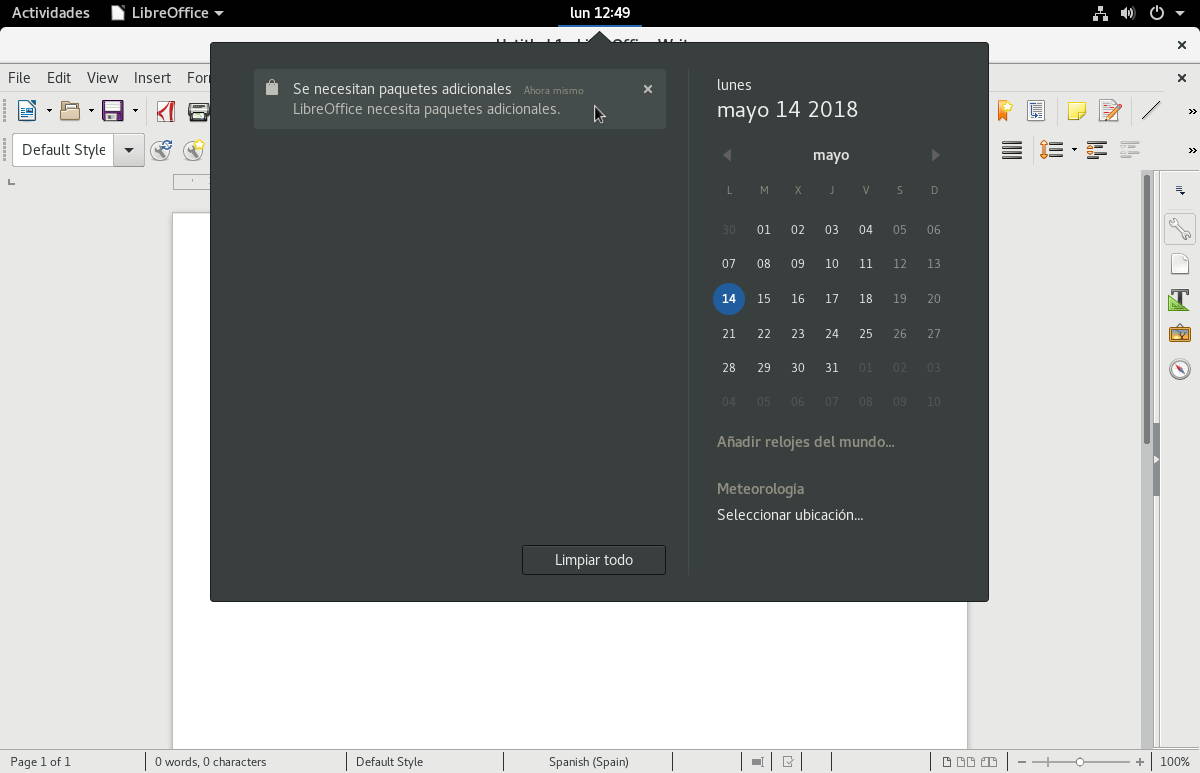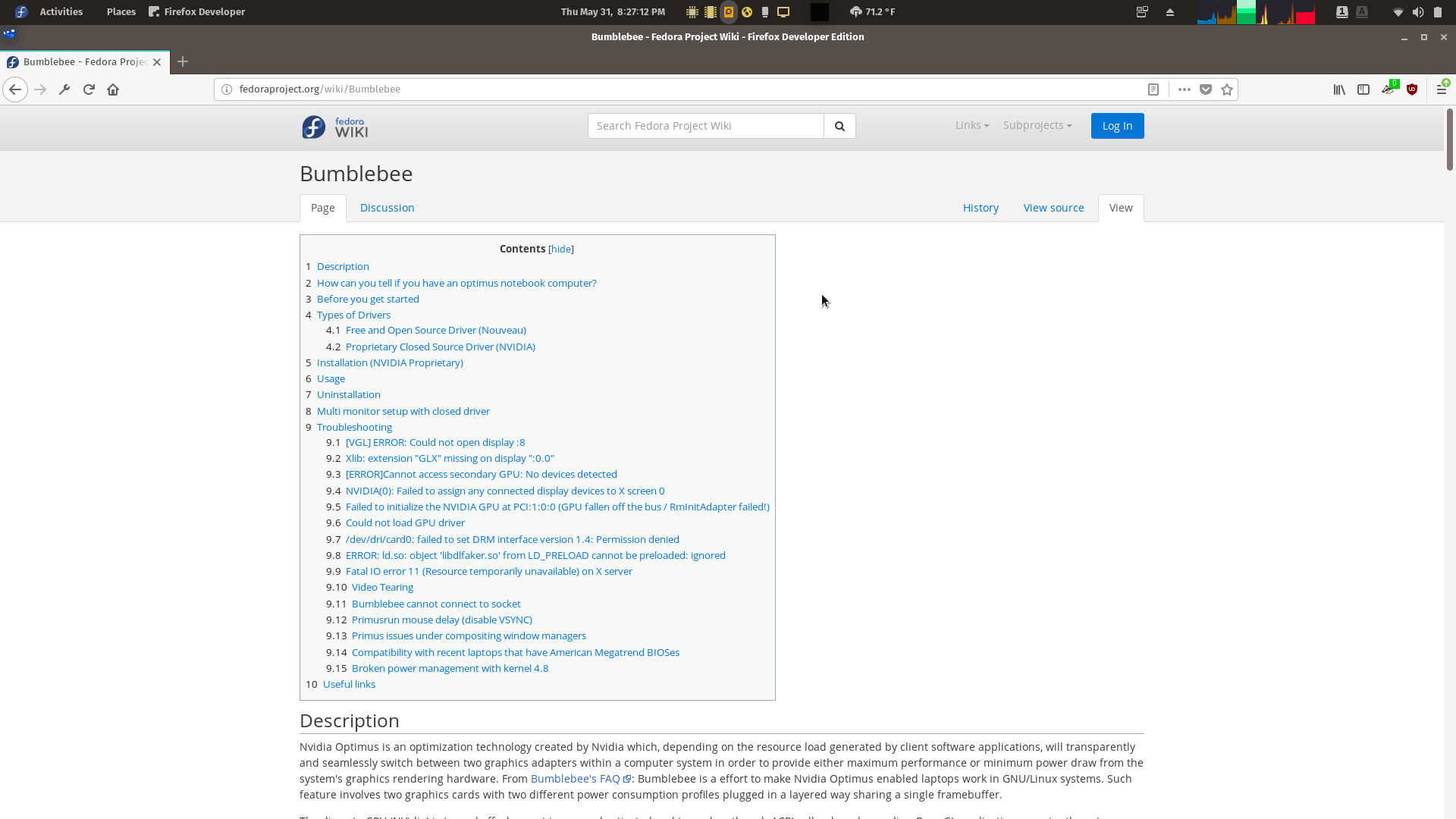

This might be related to the process /usr/libexec/tracker-miner-fs which occasionally uses more than 100% of CPU time. A search results in the programs category being displayed quickly first, then the results in other categories, but at this point pressing enter when the desired program is first in results doesn't do anything for many long seconds. Specifically, the overview screen often becomes unresponsive when searching for programs. The lack of this convenient menu item is the result of a simple decision to remove a feature, but this edition of Fedora had other inconveniences in terms of stability and responsiveness.
FEDORA 28 WORKSTATION HOW TO
Fortunately, Fedora Magazine provides a tip on how to restore that functionality by installing a package that is not included in the Fedora Workstation Environment called gnome-terminal-nautilus. One such feature I miss in this edition of GNOME - Fedora Workstation's desktop environment is the ability to open a terminal at a directory by right-clicking in Nautilus (Files), a very simple but very useful capability removed by GNOME developers. Notwithstanding my personal preference or the preference of GNOME partisans, it seems that sometimes GNOME developers remove features that enhance productivity and the user's focus on their task. In fact when I returned to Linux in 2012, it was my DE of choice, even while most Linux users were abandoning it after the change to GNOME 3.
FEDORA 28 WORKSTATION WINDOWS
In the case, especially so because Fedora embraces GNOME as its own and, as far as I know, Red Hat, Fedora's sponsor, is also a major contributor to GNOME.Īlthough I don't use GNOME regularly because I find it too limiting for my typical workflow, I do appreciate its minimalist beauty and I use it occasionally for activities that don't require me to have lots of applications and windows open or navigate through many directories. Right clicking on an item in the dash or to the applications view of the overview provides the option of launching the program using the dedicated graphics card.Īt this point, having heard some Linux commentator's opinion on how reviews of Linux distributions devolve into a review of the desktop environment and not the distribution itself, and before I express my observations of GNOME, I should point out that an extensive discussion of the DE is valid. This facility, which also had been previously been part of the Anaconda installer that's included in live ISOs, was removed in Fedora 28, but not put in the most obvious place for it - the GNOME Initial Setup program.

Unfortunately, it doesn't allow for setting the hostname.

The setup program also allows users to configure common system and user settings, including wireless network connection, privacy preferences, and online accounts. Īfter the startup, the GNOME Initial Setup program is displayed, in this iteration including a user creation component that had been previously been a part of the Anaconda installer. It seems to me that if Fedora developers expend the effort to refine the desktop user experience of the distribution by using an OEM type installation with an initial setup program and adding a Plymouth boot splash, some effort should have been made to hide the messages. This issue is not just a symptom of the two stage installation, but the normal behavior of Fedora 28 during boot, unlike in Fedora 22, - the version of Fedora I reviewed - which was so polished during startup, it seemed like a mainstream OS. The messages are aesthetically jarring, and probably especially so on my computer, which included numerous lines of error messages regarding the TPM. When rebooting after installation, the largest impression is made by the scrolling console messages before the desktop starts and the GNOME Initial Setup program is displayed.


 0 kommentar(er)
0 kommentar(er)
